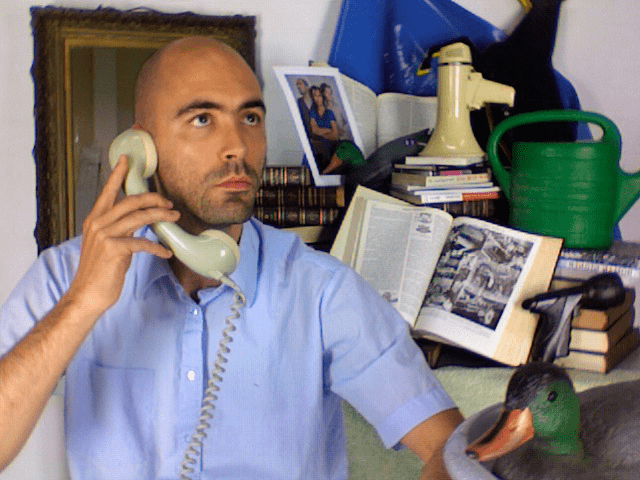On Tuesday, 2 March at 19:00 Kim? invited everyone to attend a visual lecture “Green Used to Be a Colour” by Aldo Kroese. Kroese (1976, Holland), whose visit was made possible with the support of airBaltic, is a visual artist who works with media such as sculpture, photo and video. His main themes are movement and time as he often shows a process that takes place in his works.
The environment is a hot subject at the moment, with a high impact on our daily lives. We all know that driving a car is reducing the air quality and that locally grown food is preferred over imported. For example, if we buy an organic avocado that was grown in Israel, how sustainable is this fruit after its journey to consumers in Europe? We are forced to ask questions and face the consequences of our actions. But how does the ‘green trent’ apply to the arts? In Designland we find an interesting trend. The Amsterdam based design platform 21 launched a campaign in favour of repairing. Being more sustainable than recycling, repairing has an artistic potential as well. With over one million downloads in a few months, the REPAIR MANIFESTO is used as a guideline for many people worldwide. Looking at Architecture, we find examples of clever solutions to reduce the environmental impact of a building. Among them are houses literally built out of trash, designed by clever architects.
If we compare ‘the organic fruit concept’ to a desert circle by Richard Long, expecting to find sustainability in Land Art, what do we see? Made in nature, with elements from the nature, shown in its own environment; sustainable art at its best I would say. But how much of its ‘organicness’ is left when this work is shown in the Tate Britain? Imagine all the stones being removed from an American desert and transported all the way to the Gallery in London.
Looking at one of the most discussed art works of this time, For the Love of God by Damien Hirst, we see a work that will most likely outlive many generations of people. A platinum skull, cast with over 8.000 diamonds, will never decay. But if we look at the production of the ingredients it is made of, we can most likely call it the least sustainable work of art ever made. This brings me to the question: does it actually exist, sustainable art? And if so, what is it?
